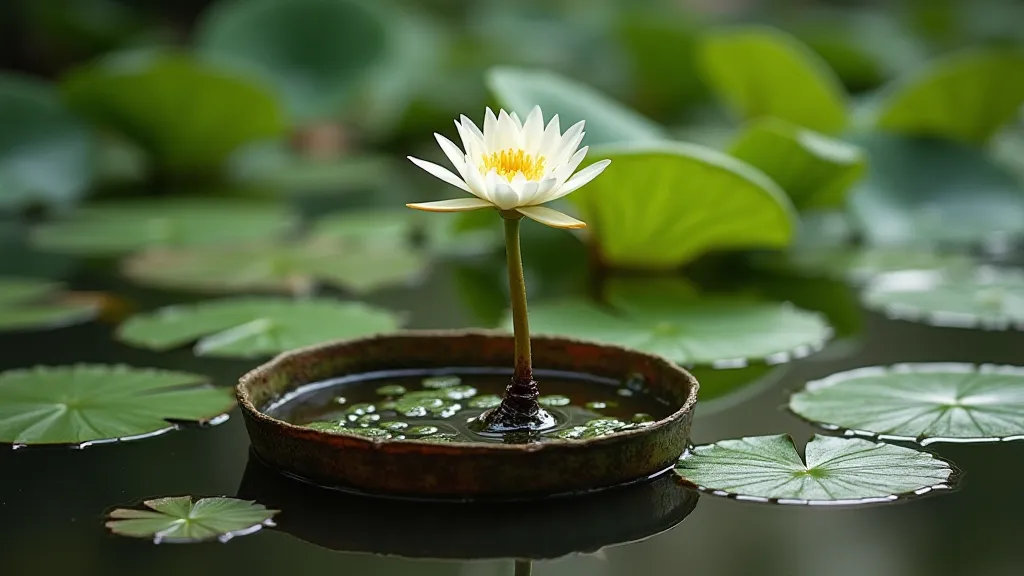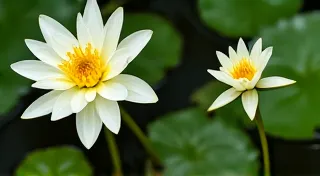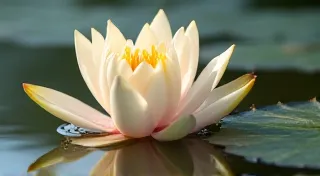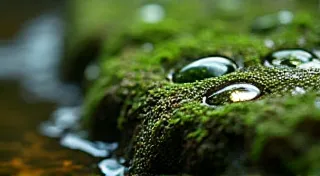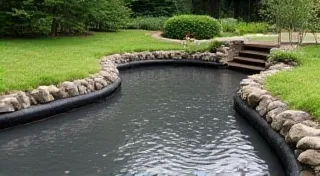Propagating Water Lilies: Growing New Plants from Yours
Water lilies are stunning additions to any pond or water garden, and while purchasing new plants is an option, propagating your existing water lilies is a rewarding and cost-effective way to expand your collection. This guide will explore two primary methods: division and tuber division, allowing you to share the beauty of your water lilies with others or simply increase their numbers in your own pond. Creating a thriving pond ecosystem goes beyond just adding water lilies, as the careful selection of companion plants can really enhance the overall health and beauty of your water garden.
Understanding Water Lily Propagation
Before diving into the methods, it’s important to understand how water lilies reproduce. They are perennials, meaning they come back year after year. They propagate vegetatively – meaning they create new plants from existing ones – rather than by seed (although seed propagation is possible, it's much more challenging and time-consuming). This vegetative propagation relies on the plant's rhizome and tuber system. Understanding the underlying ecological factors at play in your pond is key to successful propagation and long-term plant health. Choosing the right pond liner is an important first step in creating a healthy environment for your water lilies, as it directly influences water quality and temperature.
Division: Propagating from the Rhizome
Division is the most common and straightforward method of water lily propagation. It involves separating the rhizome – the thick, horizontal stem – into multiple sections, each capable of growing into a new plant. The rhizome acts as the plant's energy storage and transport system, so ensuring each division has a robust portion of it is vital for successful establishment.
When to Divide
The best time to divide water lilies is typically in late spring or early summer, when the plant is actively growing. This coincides with a period of rapid growth and abundant sunlight, providing the newly divided plants with the resources they need to establish strong root systems. Signs that your water lily is ready to be divided include a crowded rhizome and significantly reduced flowering. A heavily crowded rhizome can stunt the plant's overall health and reduce its ability to absorb nutrients, leading to decreased flowering.
How to Divide
- Remove the Plant: Carefully lift the water lily from the pond, ensuring you protect the delicate leaves and flowers. You might need a net or a small ladder depending on the plant’s size. Minimizing stress during this process is key, as water lilies are sensitive to sudden changes in their environment.
- Clean the Rhizome: Gently remove any excess pond muck or algae from the rhizome. Avoid damaging the roots. This step allows for better visibility of the rhizome and helps prevent the introduction of harmful pathogens.
- Divide the Rhizome: Use a sharp, clean knife or pruning shears to cut the rhizome into sections. Each section *must* have at least one growing point (bud) and a portion of the root system. Larger divisions are easier to get established. When making cuts, ensure the blade is sterilized to prevent disease transmission. The number of divisions you can obtain depends on the size and health of the parent plant.
- Replant: Pot the divisions in aquatic planting baskets filled with heavy clay soil or replant them directly into the pond at a depth appropriate for the variety. (Check the variety’s specific planting depth recommendation.) Using heavy clay soil provides the necessary weight to anchor the plants and prevents them from floating away. Consider the long-term maintenance required when choosing between planting baskets and direct planting.
- Care After Division: Keep the newly planted divisions in a location with moderate sunlight. Water regularly and fertilize with a slow-release aquatic fertilizer. Proper fertilization is crucial for replenishing the nutrients lost during the division process and promoting healthy growth.
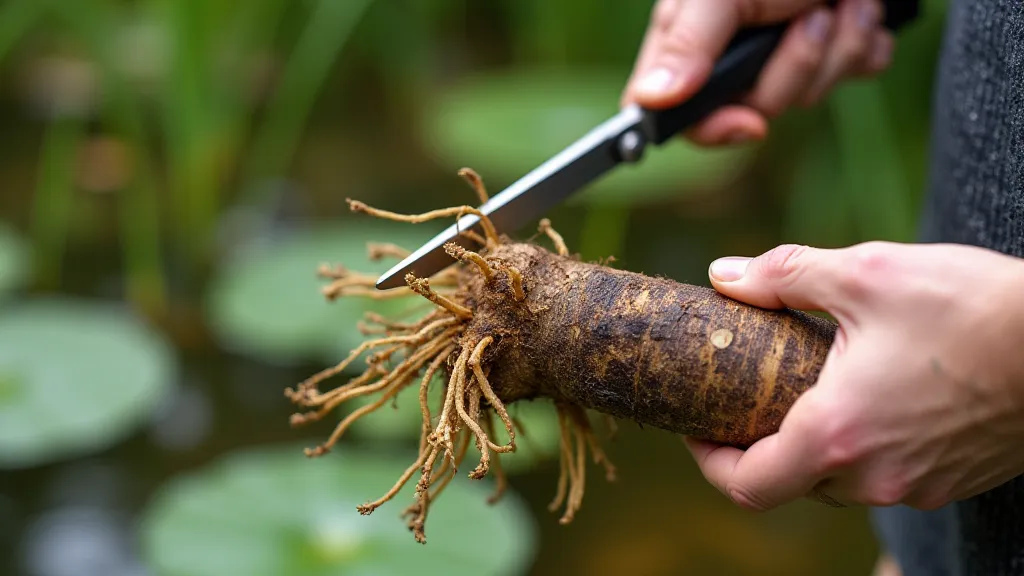
Tuber Division: For Tropical Water Lilies
Tropical water lilies have a different propagation system. Instead of a rhizome, they have tubers – bulb-like structures that store energy. While less common to divide, it is possible to propagate from these tubers. Understanding the nuances of tropical water lily care, including their specific nutrient needs, can really maximize your success with them. Ensuring your water is properly balanced, and providing adequate fertilization, are important factors for healthy growth.
Understanding Tubers
Tropical water lilies often produce "daughter tubers" that form off the main tuber. These can be separated to create new plants. These daughter tubers represent a form of asexual reproduction, allowing the plant to quickly expand its population. The health and vigor of the main tuber directly impact the quality of the daughter tubers.
How to Divide Tubers
- Remove from Soil: Carefully remove the tuber from its planting container. Be very gentle, as tubers are more fragile than rhizomes.
- Separate Daughter Tubers: Gently twist or carefully cut away the daughter tubers from the main tuber. Ensure each daughter tuber has a point of attachment. A clean cut ensures rapid healing and minimizes the risk of infection.
- Plant the Tubers: Plant the daughter tubers in a pot filled with heavy clay soil. Provide adequate drainage to prevent root rot.
- Initial Care: Keep the pots in a sheltered location with dappled sunlight. They will take longer to establish than divisions of rhizomes. Maintaining consistent moisture levels is key to their initial survival.
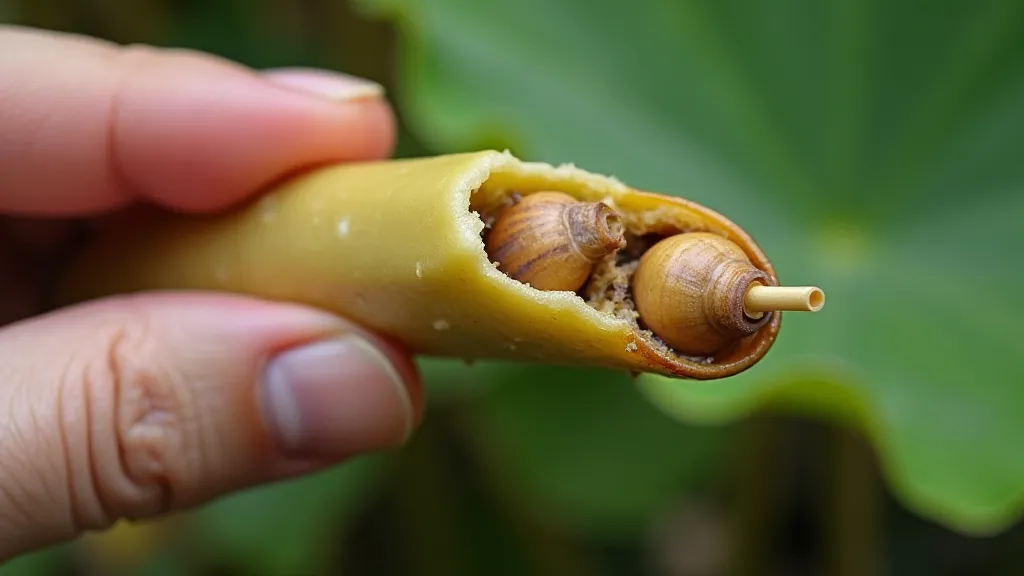
Post-Propagation Care & Considerations
Regardless of the method used, newly propagated water lilies will need extra care for the first few weeks. Protect them from direct sunlight and extreme temperatures. Monitor for any signs of disease or pest infestation. Early detection and treatment of any problems is much easier and less impactful than dealing with a large-scale infestation. Creating a balanced pond ecosystem contributes to the overall health and resilience of your water lilies, minimizing the risk of disease and pest problems. The underlying principles of pond ecology – including water quality, nutrient cycling, and biological interactions – all play a vital role in the long-term success of your water garden.
Remember to research the specific needs of your water lily variety, as some may have unique propagation requirements. Some varieties are more vigorous and adaptable than others, making them ideal for beginners. Enjoy the process of expanding your water garden! The entire experience, from the initial propagation to the flourishing display of blooms, is a testament to the beauty and rewards of connecting with nature.
Creating a serene and aesthetically pleasing pond environment involves more than just plant propagation. It requires careful consideration of design elements, such as rock placement, fountain installation, and the overall harmony of colors and textures. Consider the visual impact of your pond and how it interacts with its surrounding landscape.
